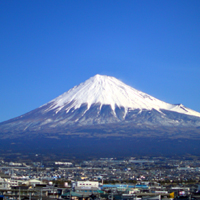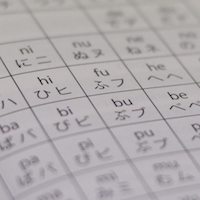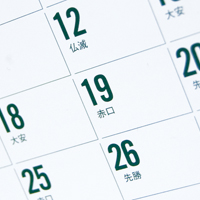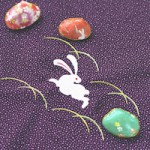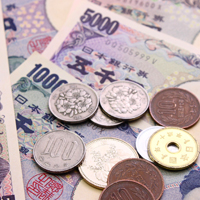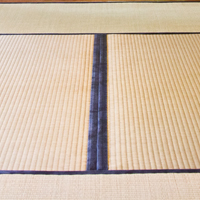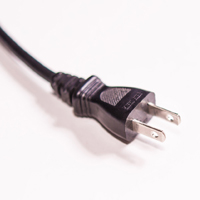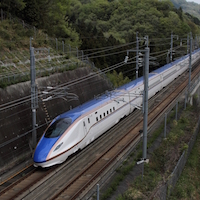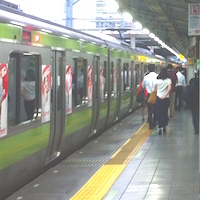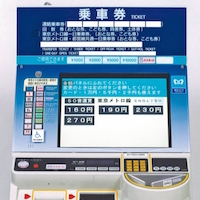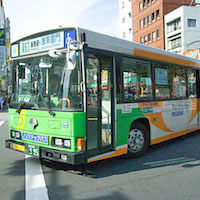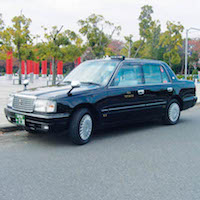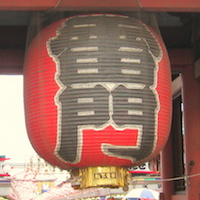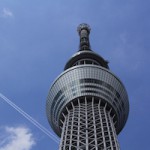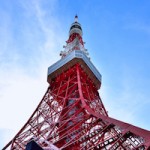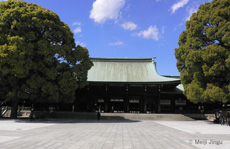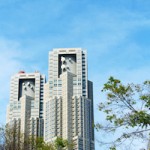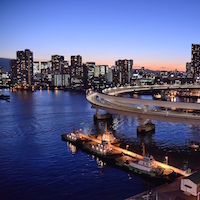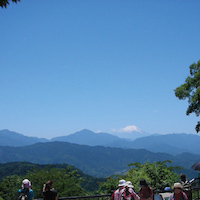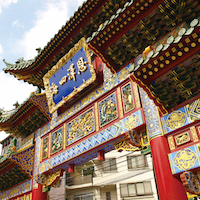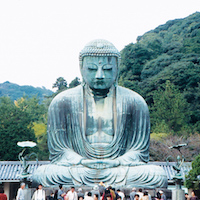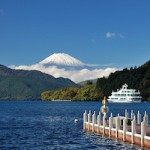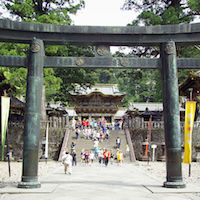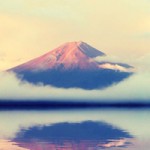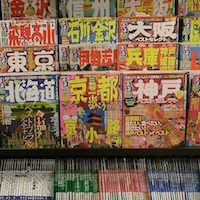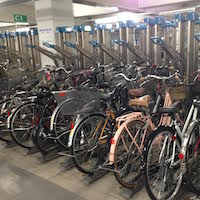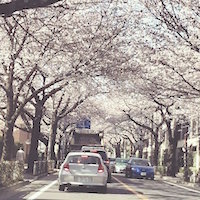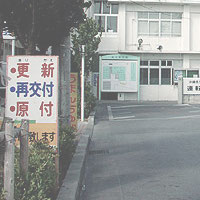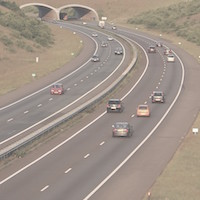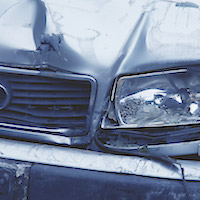Japan’s toll-based kōsokudōro (高速道路, expressways) stretch the length and breadth of the country, offering faster and more direct routes between cities than ippandōro (一般道路, regular roads). To make cross-country road journeys more manageable, the expressways have regular service areas with…
The Expat's Guide to Japan
Everything you need to know about living and working in Tokyo & Yokohama
More results...
Yearly Archives: 2015
Shika no Tsunokiri (deer horn cutting)
For almost 330 years, the Shika no Tsunokiri has been a marker of the fall season in Nara since the Edo Period. The event was started to protect townspeople, as well as valuable cultural properties from being damaged by bucks’…
Geography of Japan
Seasons & Climate of Japan
The Japanese Language
The Japanese Calendar & National Holidays
Japanese Customs & Practices
Money in Japan
Measurements
Power Supply
Trains in Japan
An overview of Japan’s rail network, and general information on train fares, tickets and prepaid IC cards.
Inter-city Travel by Rail
Rail Travel in Tokyo & Yokohama
Rail Tickets & Prepaid IC Cards
Tourist Passes & Day Tickets
Convenient discount tickets for train and bus services in the Tokyo area, and tourist passes including airport access combination tickets.
Buses in Japan
Taxis in Japan
Asakusa
TOKYO SKYTREE & TOKYO Solamachi & TOKYO mizumachi
Tokyo Tower
Imperial Palace
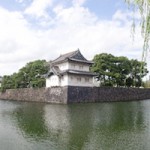
The Imperial Palace is the residence of the Emperor and Empress of Japan. Inside you will find the East Gardens (closed Mon & Fri every week and 12/28-1/3 every year) which are the former site of Edo Castle’s innermost circles of defense. Guided tours are available with advanced booking. The moat surrounding the palace is a popular jogging course.
Meiji Jingu
Ueno
Jindaiji
Built in 733, Jindaji, one of Tokyo’s oldest temples, is known for numerous soba shops in front of its temple gate, and 5,200 rosebushes in bloom in mid-May and mid-October in its botanical garden.
Tsukiji Shijo (Fish Market)
Tokyo Metropolitan Government Buildings
Odaiba
Mount Takao
Yokohama
Kamakura
Hakone
Nikko
Mt. Fuji
Sightseeing References & Tour Agencies
List of Traffic Signs
Riding a Bicycle in Japan
Driving a Car in Japan
Driver’s License in Japan
Expressways in Japan
In Case of Car Accidents
Japan Rail Passes
There are a number of JR Passes aimed at tourists that allow for unlimited travel on designated services. In addition to the Japan-wide JR Rail Pass, the various member companies of the Japan Rail Group offer passes valid for travel…
Inter-city Travel by Highway Bus
Internet for Travelers
Types of Shop
Department Stores Japan’s world class department stores carry a similar range of products to their Western counterparts. The top floors usually have a selection of international restaurants, while bustling food markets in the basement floors are filled with beautiful selections…
Sumida Aquarium
One of the main attractions of the Tokyo Skytree – relatively small but you’ll enjoy many creatures and interesting exhibits with very modern design.…
Shopping Customs in Japan
Along with hotels and restaurants, shops in Japan pride themselves on their high standard of customer service. The shopping experience is generally a straightforward one, but there are a few customs and peculiarities you should be aware of in advance.…
Shopping Districts
Tokyo and Yokohama have a number of districts where many shops specialise in a particular kind of item. Use this guide to find out where to shop based on what you’re looking for. Fashion and Brand Goods Tokyo is one…
Decks Tokyo Beach
150 shops, restaurants and an indoor amusement park.…
DiverCity Tokyo Plaza
A new shopping/amusement facility in Odaiba that opened in 2012, famous for the giant Gundam statue outside.…
KITTE
A wide variety of shops and restaurants spread across 7 floors of this sophisticated shopping mall. Here you will find Japanese regional cuisine along with a variety of fashion and lifestyle goods retailers.…
